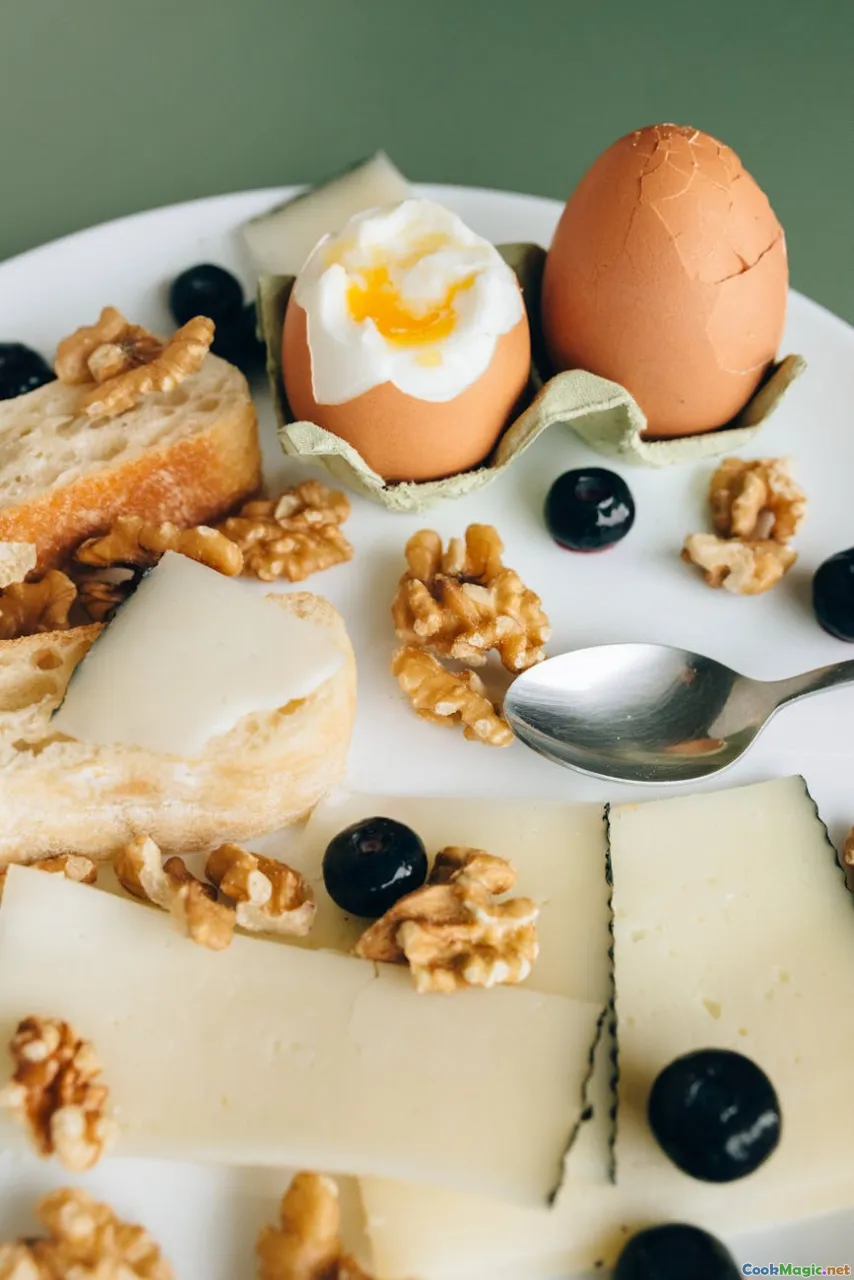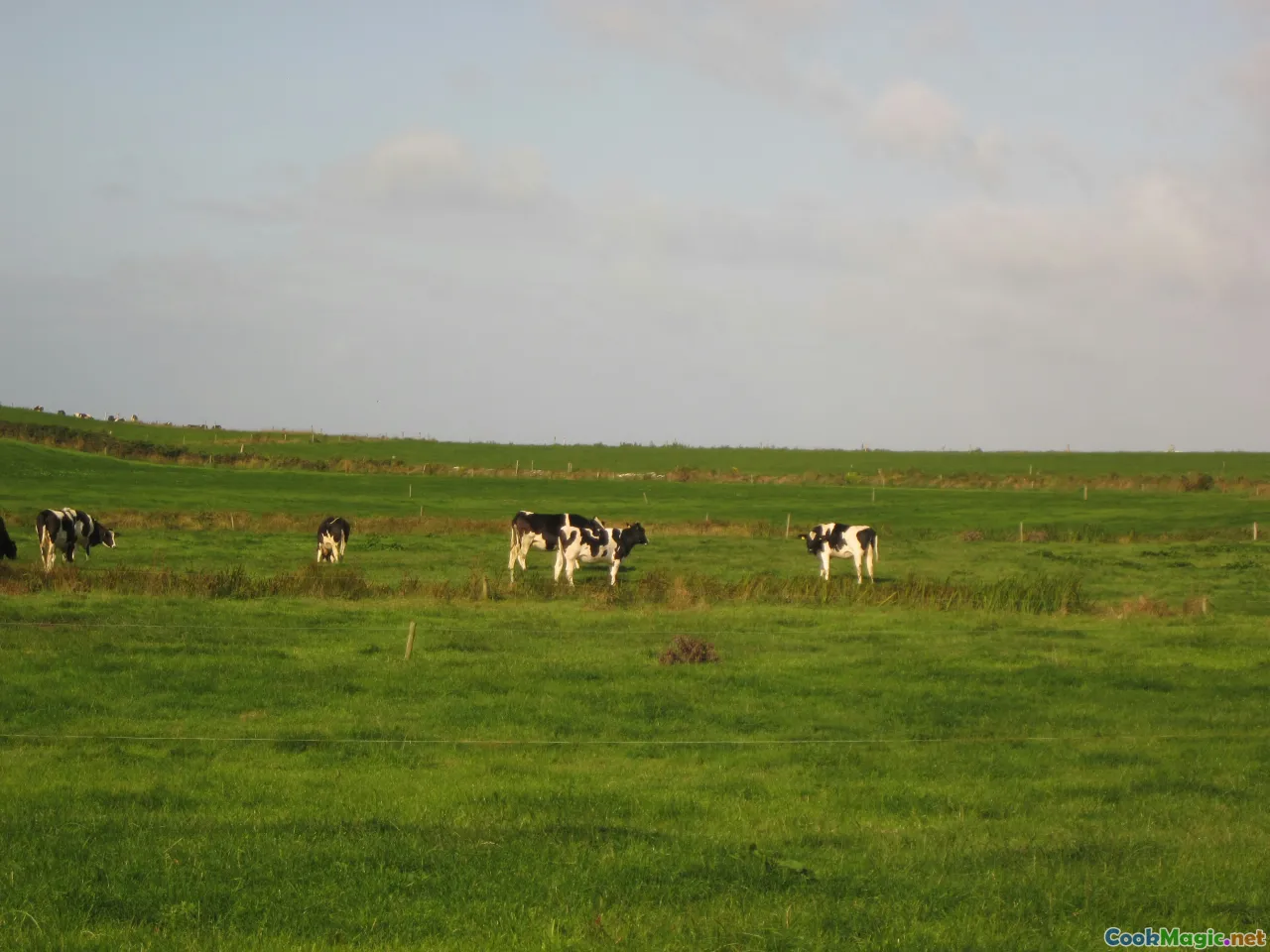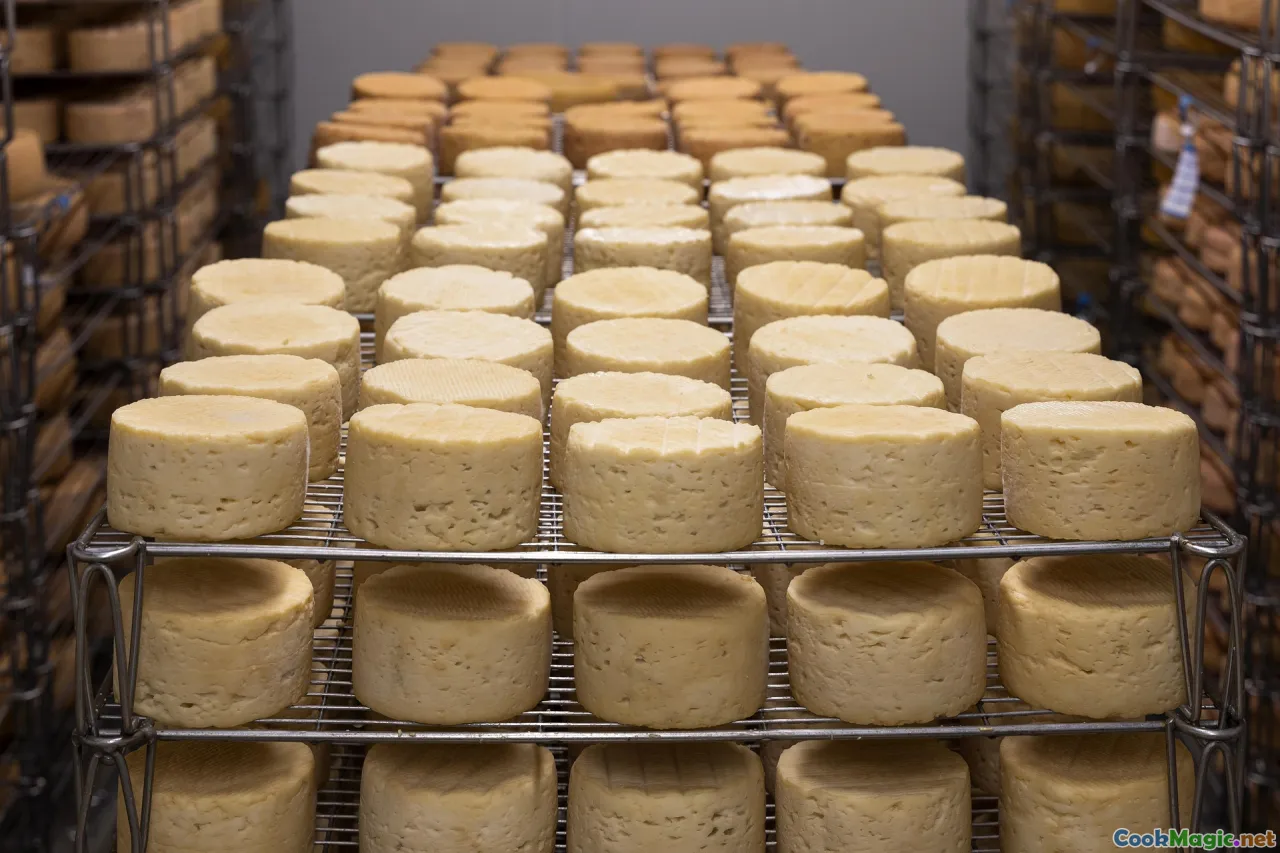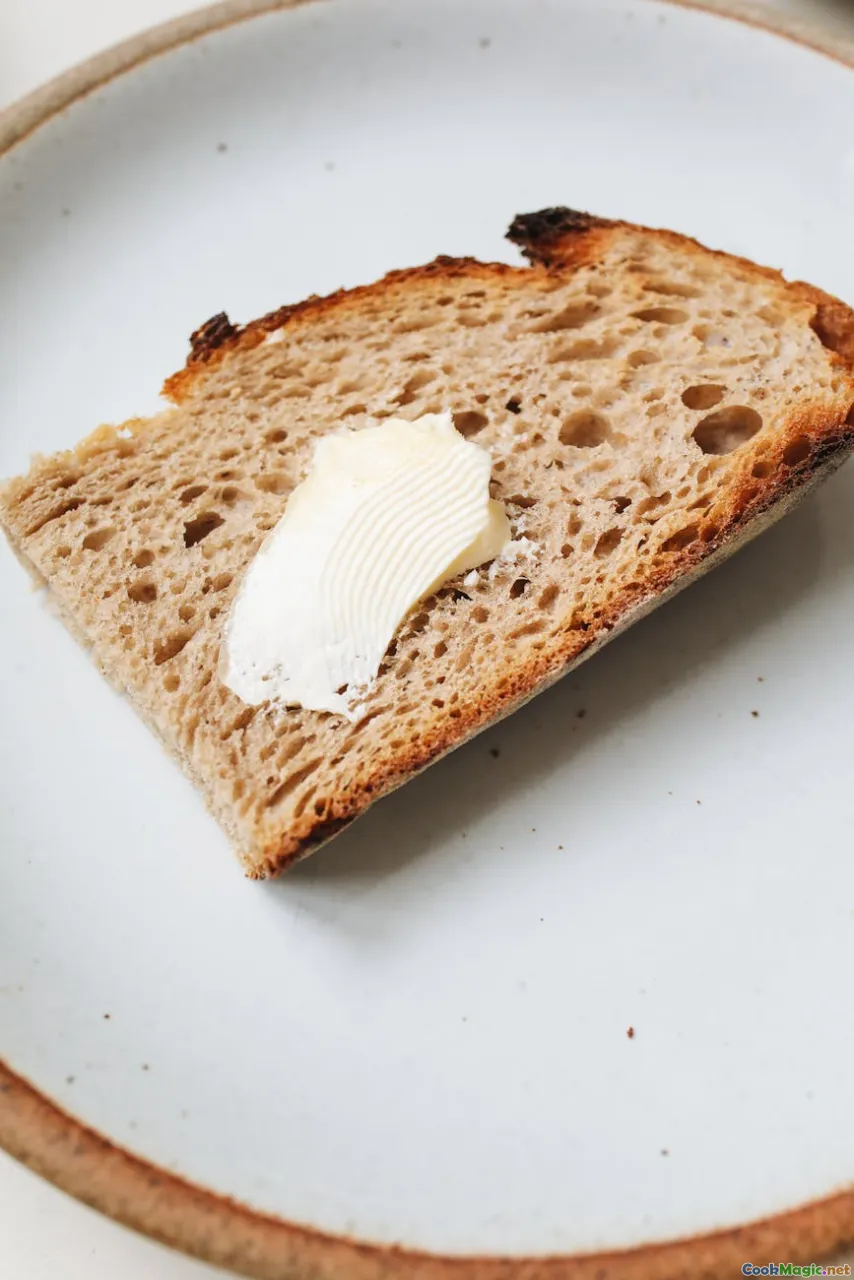Sourcing the Best Irish Butter and Its Culinary Uses
10 min read Discover top Irish butter sources and explore delightful culinary uses that elevate Irish cuisine's rich flavors. June 29, 2025 06:05
Sourcing the Best Irish Butter and Its Culinary Uses
There's something inherently poetic about Irish butter—the way it melts with such delicate richness, evoking lush green pastures kissed by mist and rain. For culinary enthusiasts eager to capture the authentic taste of Ireland, sourcing the right butter isn’t only about choosing a dairy product; it’s about connecting with centuries-old traditions, savoring a whisper of Ireland’s rugged landscape, and elevating every dish from simple toast to sophisticated confections.
In this exploration, we'll journey through the halls of Ireland’s butter-making heritage, uncover top sources—both in Ireland and abroad—and delve into inspiring ways to incorporate this velvety delight into your culinary creations.
The Heart of Irish Dairy: Tradition and Terroir

Irish butter's famed creaminess stems from the island’s unique landscape and climate. Rolling green hills, abundant fresh pasture, and temperate maritime weather create the perfect environment for dairy cows—primarily Irish Kerry and Fresian breeds—that graze on nutrient-rich grasses throughout the year. This rich diet imparts a distinctive purity and depth of flavor to the butter.
Historically, Irish butter was integral to rural life—a staple dairy product made in farmhouses, passed down through generations. It was, and remains, a symbol of Irish hospitality and culinary pride. Today, small-scale producers and artisanal creameries uphold these traditions, blending age-old craftsmanship with modern quality standards.
How to Source Authentic Irish Butter

1. Seeking Out Certified Irish Brands
For those outside Ireland, the easiest way to access authentic Irish butter is through trusted brands. Look for labels like Lurpak, Kerrygold, Connemara, or O’Mara, which have built international reputations rooted in Irish farms. Kerrygold, perhaps the most globally recognized, sources its milk from grass-fed herds—reflecting Ireland’s pastoral beauty—and is renowned for its creamy texture and hint of nutty sweetness.
2. Supporting Artisanal and Small-Scale Producers
Ireland boasts a vibrant craft dairy scene. Visiting local farmers’ markets—such as the Dublin Markets or the West Cork Farmer’s Market—can be an enlightening experience. Connect with producers who craft butter in small batches, often preserving traditional churning methods like wooden churns that give butter an unadulterated, tender complexity.
3. Digging Into Local and Organic Options
Opt for organic Irish butters whenever possible. They are produced from milk that comes exclusively from cows raised on organic pastures, free of synthetic fertilizers or antibiotics. These products often have a fresher, more vibrant flavor and a slightly more robust aroma, reminiscent of fresh meadow air.
4. Buying Direct from Irish Farms
For the purist culinary explorer, sourcing directly from Irish farms through online shops or farm cooperatives can be rewarding. Websites like Ireland's Organic Farmers or specialty Irish food retailers abroad sometimes offer direct shipping, bringing an authentic slice of Ireland into your kitchen.
Culinary Uses of Irish Butter — From Pastry to Plate

A Pat of Irish Butter on Everything
Starting with the simplest pleasures, a generous smear of Irish butter on warm Irish soda bread can transport your senses. The crust crackles slightly under your knife, unveiling an interior that’s O-rich, tender, and subtly sweet—the flavor deepened by grass-fed goodness. This is butter’s purest form—an ode to Irish baking traditions.
In Traditional Irish Dishes
Irish cuisine reflects comfort and heartiness. Irish stew, simmered with lamb, potatoes, onions, and carrots, benefits from a final splash of melted Irish butter to finish the dish, imparting a silky richness that elevates every bite. Irish colcannon, a mash of potatoes, cabbage, and scallions, is traditionally sautéed in butter to achieve a nutty aroma and velvety texture.
Baking with Irish Butter
Why settle for ordinary when Irish butter can amplify your baked goods? Use it in scones—its high butterfat content ensures flaky, tender pastries with a golden hue. In cakes, it lends a moist crumb and nuanced flavor that synthetic or mass-produced alternatives can’t replicate.
Cooking and Frying
Irish butter is perfect for sautéing greens and vegetables, providing a sweet, savory undertone. For seafood dishes like voucher or smoked salmon, a drizzle of melted Irish butter fused with lemon and herbs creates an unforgettable flavor harmony.
Gourmet Creations
Chefs and home cooks alike incorporate Irish butter in refined preparations—beurre blanc sauces, rich mashed potatoes, or even as a finishing touch on gnocchi. Its capacity to melt smoothly and add depth of flavor makes it versatile for both simple and complex dishes.
The Emotional Connection and Cultural Significance

For many, Irish butter is more than a luxury; it’s a link to heritage and a symbol of Ireland’s pastoral soul. Its presence on the breakfast table or dinner plate often echoes generations of Irish families sharing humble yet hearty meals. The aroma, texture, and flavor evoke tender memories of childhood or communal gatherings, fostering a deep emotional bond with the land and its traditions.
During festivals like St. Patrick’s Day or local harvest celebrations, butter’s role is celebrated in special baked goods or traditional dishes. In remote villages, butter-making remains a communal activity—a dance of churning churns in cottages steeped in stories and song.









